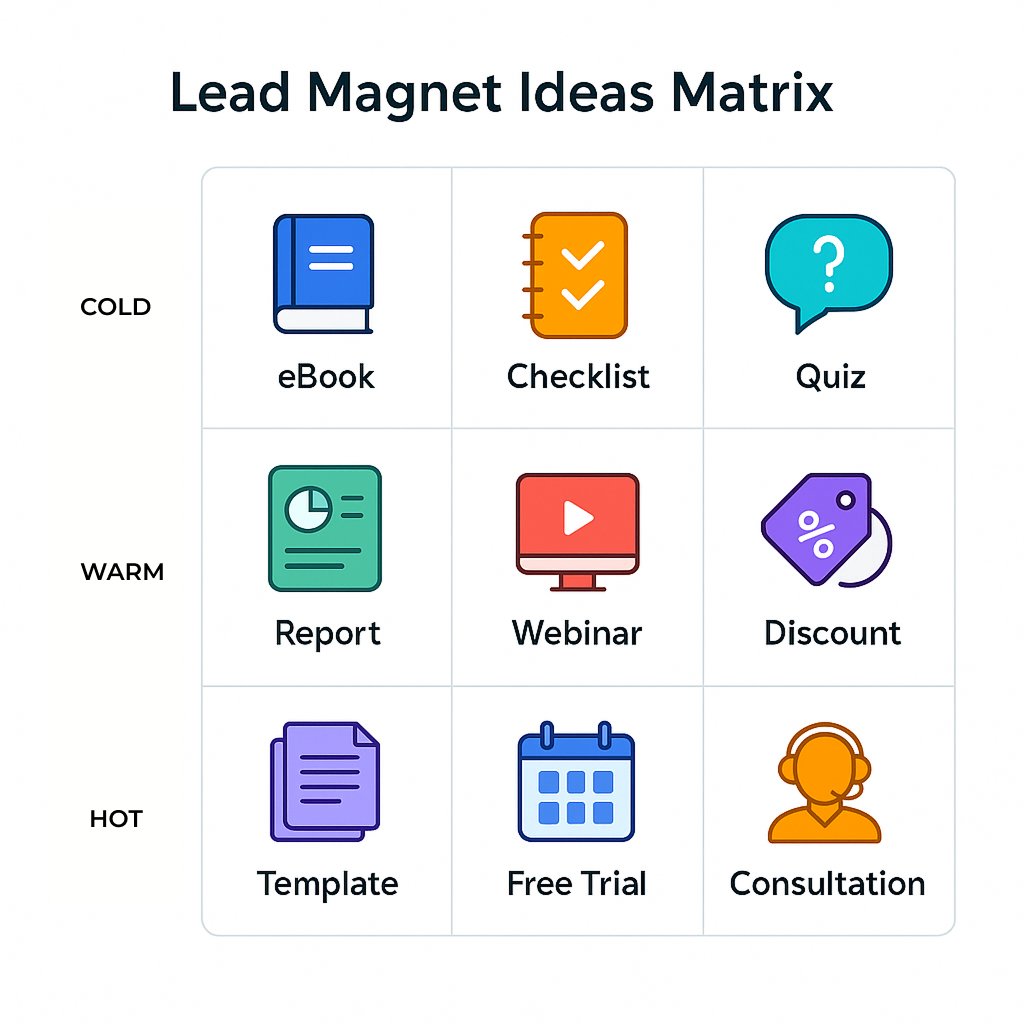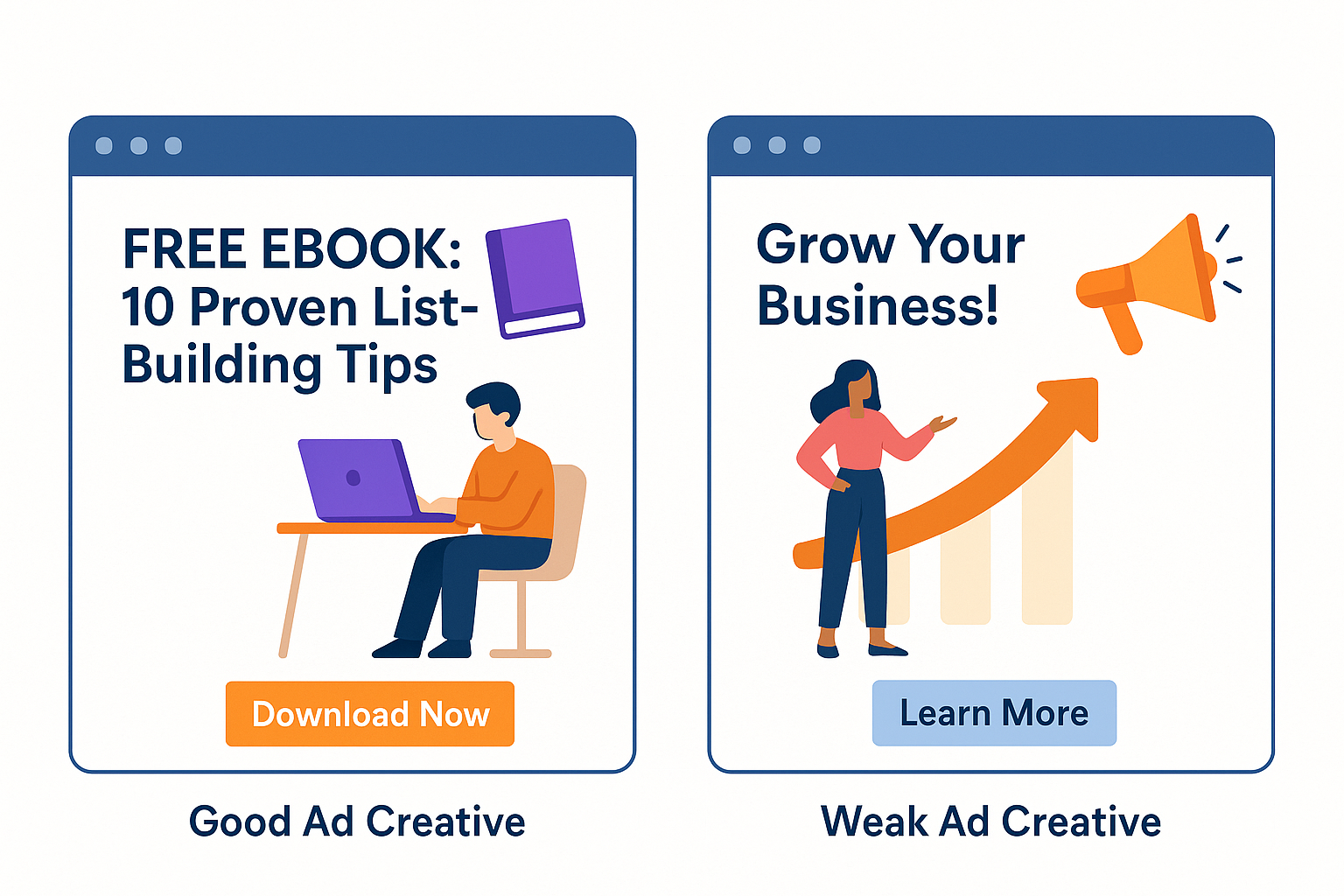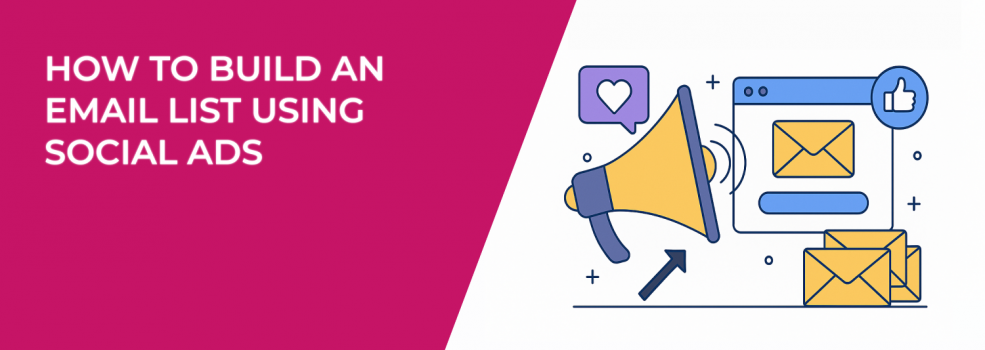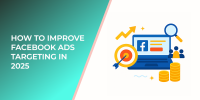Building an email list is one of the most sustainable ways to grow a business. But doing it passively or relying on organic traffic alone isn't enough for most brands today. If you want real traction — and fast — paid social advertising gives you a reliable, scalable way to attract the right subscribers.
Here’s how to build an email list using social ads the smart way.
1. Start With the Right Lead Magnet (Hint: It’s Not a Newsletter)
Most users won’t trade their email address just to hear from you. That’s why your offer has to feel valuable immediately. You need a lead magnet — a compelling piece of value that solves a specific problem.

Some high-performing examples:
-
A downloadable template or checklist;
-
An industry-specific cheat sheet;
-
A free mini-course or exclusive video;
-
Early access to a product or invite-only event.
A vague "subscribe to our newsletter" isn’t going to cut it. Instead, frame your lead magnet around a transformation or shortcut your audience wants. For instance, "Get our free 5-step SaaS onboarding checklist" is more enticing than "Subscribe to our SaaS updates."
Want more ideas? Check out our post on lead magnet ideas that work best on Facebook and Instagram.
2. Choose the Right Campaign Objective
If your goal is email list growth, your campaign objective matters — a lot. For platforms like Facebook and Instagram, lead generation and conversion campaigns are usually best.
But here’s the nuance:
-
Lead generation campaigns (e.g., Facebook Lead Ads) work well if you want to collect emails without sending people off-platform. They also auto-fill form fields;
-
Conversion campaigns give you more control over the user journey since they direct users to your landing page.
If you’re unsure which route to take, you can test both or refer to this guide on using lead forms vs. landing pages.
Not sure if you're choosing the right campaign structure overall? Here’s a breakdown of Meta ad campaign objectives and when to use each.
3. Target With Intention (Not Just Reach)
More reach doesn’t always mean more emails. In fact, wide targeting can lead to poor-quality leads who never open your emails or take action later.
Here are three effective targeting methods:
-
Custom Audiences: Upload your existing email list or customer list and target similar users;
-
Lookalike Audiences: Build lookalikes based on your top email subscribers — the ones who open, click, and convert;
-
Interest + Behavior-Based Targeting: Target users by behaviors or job titles aligned with your offer. Want to refine further? Learn how to define a target audience step-by-step.
Pro tip: Tighten your targeting gradually as your data grows. Start broad enough to test, but don’t stay there too long.
4. Match Your Creative to the Offer
If your ad creative doesn’t align with the lead magnet, your performance will suffer. Every element — visual, headline, CTA — should point to the same benefit.

For example, if you're offering a free webinar replay:
-
Use a still from the video or an animated GIF preview;
-
Include the host’s name and title;
-
Write copy that hints at the core benefit (e.g., "Learn the 3 ad tweaks that cut CPL in half").
Too many advertisers over-design their ads without clarity. Start with the message. Then build visuals to amplify it.
5. Don’t Ignore the Thank You Page
Your thank-you page is prime real estate. Instead of a generic "Thanks! Check your inbox," try one of these:
-
Invite subscribers to follow your social channels;
-
Offer an upsell or limited-time deal;
-
Promote a piece of related content or product.
This is also where you can add your Facebook Pixel or conversion event tracking, if you're using an external landing page. That way, you can retarget or optimize your ads based on who actually signed up.
6. Track, Test, and Optimize Relentlessly
Too many marketers launch a list-building campaign and just wait. But email collection is not just about cost per lead — it’s about lead quality and long-term impact.
Here’s what to monitor:
-
CPL (Cost per Lead): Your baseline metric;
-
Email Open Rates: Are the leads real and engaged?;
-
Email CTR & Conversion: Do your subscribers take action?;
-
Audience Source: Which segment gives you the best ROI?
If you’re seeing high CPLs or disengaged leads, you may be dealing with a targeting or ad fatigue issue. Learn how to troubleshoot with this guide: Facebook Ads Not Converting: How to Fix It.
7. Follow Up Like It Matters (Because It Does)
Once someone joins your email list, your job isn’t done. It’s just started. First impressions count. So create a welcome sequence that feels personal, valuable, and aligned with the lead magnet they signed up for.
What to include in your first emails:
-
Deliver the promised lead magnet (and make sure the link works!);
-
Reintroduce your brand and how you can help;
-
Offer another resource, tool, or limited-time offer.
People are most engaged in the first 48 hours after signing up. Don’t let that window go to waste.
Need help improving your follow-up? Check out these secrets behind high-performing email marketing campaigns.
Final Thoughts: List-Building Is a Process, Not a Hack
Using social ads to build your email list is one of the most effective strategies available today — if you approach it methodically. Focus on the fundamentals: offer, targeting, creative, tracking, and follow-up. Don’t rush it. Don’t scale too fast. Optimize with care.
And remember: it’s not just about collecting emails. It’s about earning attention, building trust, and growing your business over time.

